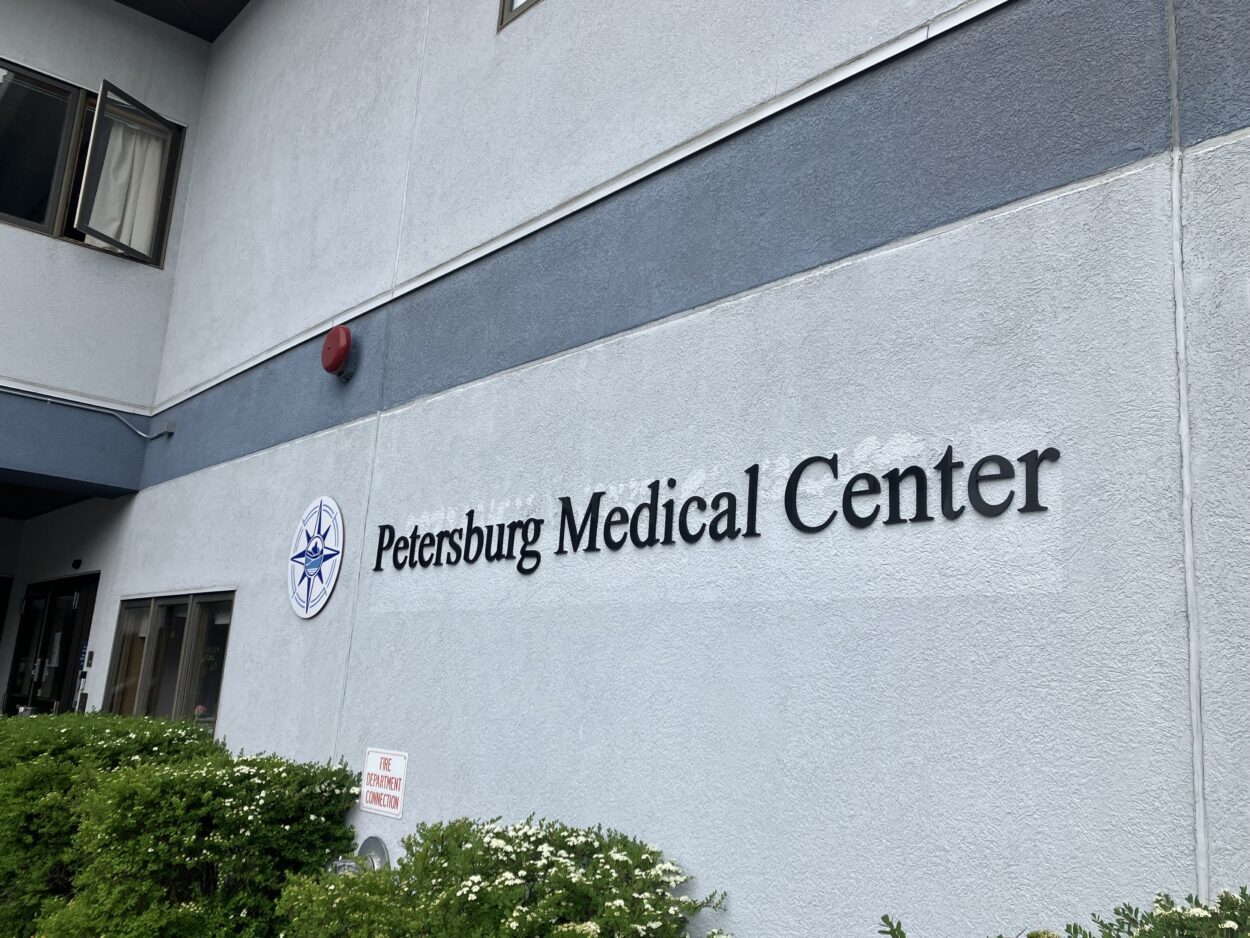
As Petersburg’s population ages, the Petersburg Medical Center is seeing a significant rise in patients, hospital leaders say. Demand for so-called swing beds, which can provide lower-level rehabilitative care, has spiked. Long-term care has filled fast, too.
In an interview, CEO Phil Hofstetter said this is a relatively new trend. Rural areas often see periods of both high and low demand, he said, but that’s recently changed for the Petersburg Medical Center. In the last year and a half, patient numbers have only been climbing.
This jump in numbers can put a strain on both providers and patients, Hofstetter said. The hospital’s acute care beds recently hit capacity.
“Just about a month ago, we had 11 people in our facility, and we couldn’t even find a room anymore. We had to double up some rooms,” said Hofstetter. “It’s certainly been a challenge.”
It’s not just acute care patients seeing the impact of the rise in demand. Hofstetter said that sometimes long-term patients have to stay in other parts of the hospital while they wait for a bed.
Petersburg’s aging population is likely contributing to the patient increase, he said. The population of the United States is getting older, and Petersburg’s population is too. Nearly a quarter of the town’s residents are seniors. At an assembly meeting in June, Hofstetter said the hospital would likely keep seeing high demand for beds.
“What we’re seeing here is just a snapshot of the future,” he said.
The Petersburg Medical Center is in the process of building a new facility. Hofstetter said they’re considering adding more beds to the new facility to be better prepared as the community ages.
In the meantime, Hofstetter said there are multiple programs in Petersburg that offer specialized care for seniors.
“We have a really strong continuum of care in our community that I think a lot of rural communities don’t have, and that actually does keep people in their homes,” he said. “We’re trying every effort as possible to keep people out of the facility so that we can make sure that they’re only entering in our facility if it’s really, really needed.”
Hofstetter said that going to the hospital is often one of the most expensive parts of healthcare. He said that investing in senior healthcare programs can reduce strain on the hospital while keeping costs down for patients.











